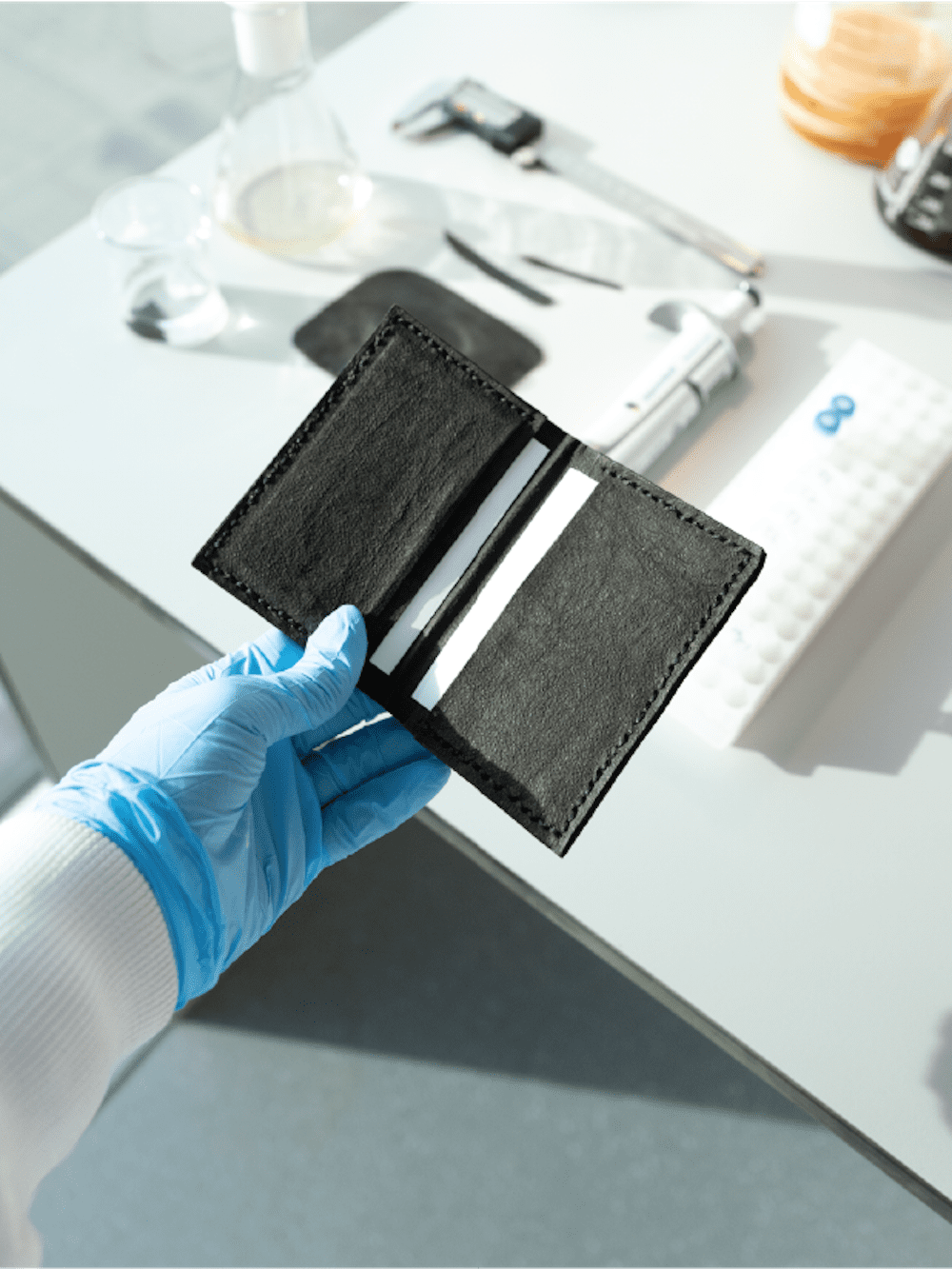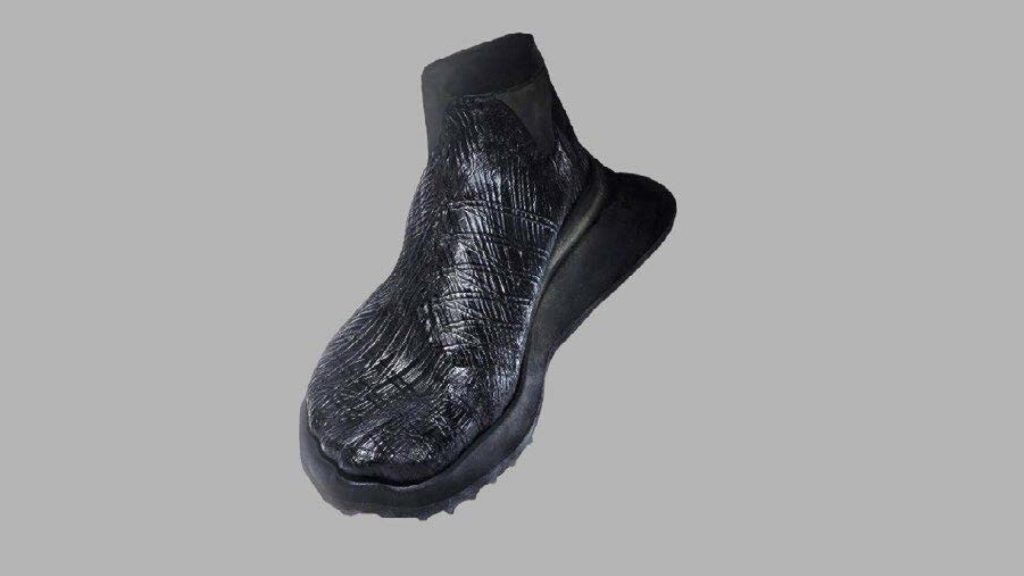Transitioning towards more eco-friendly clothing methods is necessary to fight climate change, so scientists are looking to bacteria for fashion ideas. As described in the journal Nature Biotechnology, a team at Imperial College London has created new types of bacteria that can be woven into wearable fabric, which also dyes itself. The end result is a new type of vegan, plastic-free leather suitable for items such as wallets and shoes—though the shoes may not look very fashionable at the moment. most The global textile industry consumes 200 million liters of water annually, and 85 percent of used clothing in the US ends up in landfills. Moreover, the particles released from washing polyester and other polymer-based fabrics already account for 20-35 percent of the oceans’ microplastics. Additionally, industrial cotton farming involves a lot of pesticide use. On top of that, leather production also has its ecological costs. Essentially, it's expensive to dress fashionably from an environmental perspective.
As much as Sustainable, bacteria-based textile alternatives have shown promise for greener manufacturing, particularly the use of bacterial cellulose. A new color-changing, shape-shifting fabric reacts to heat and electricity From an ecological standpoint, the statistics for animal leather production are arguably just as bad.Unfortunately,
bacterial cellulose has increasingly shown potential for greener manufacturing, especially when it comes to bacterial cellulose.
[Related: A new fabric that changes color and shape in response to heat and electricity.]
Bacterial cellulose is vegan by nature, and its growth requires a fraction of the carbon emissions, water, land use, and time needed for farming cows for leather. Tom Ellis, a bioengineering professor at Imperial College London and lead author of the study, mentioned in a statement on Wednesdaythat unlike plastic-based leather alternatives, bacterial cellulose can be made without petrochemicals, and it will degrade safely and nontoxically in the environment.
Regrettably, the process of dyeing synthetic products like vegan leather remains one of the most toxic stages in the fashion industry. By integrating the manufacturing and dyeing processes, researchers believe they can create even more environmentally friendly wearables. To take advantage of both qualities, Ellis and his team genetically modified commonly used bacteria in microbial cellulose to produce a black pigment called eumelanin. After allowing their new material to grow on a “custom, shoe-shaped vessel” over two weeks, the team placed the cellulose into a machine that gently shook it for 48 hours at around 86 degrees Fahrenheit. This stimulated the bacteria to start darkening from the inside out. Finally, the material was attached to a pre-made sole, resulting in… well, if not a “shoe,” then certainly a “shoe-shaped vessel.” Of course, beauty is in the eye of the beholder. But if the bulky clogs don't suit your style, perhaps the team’s other creation—a simple bifold wallet—would make more sense for your daily outfit.
Credit: Imperial College London

Scientists have developed a new cellulose substance that could aid in shifting the harmful fashion industry towards a more environmentally friendly future.









